Explore the rich biodiversity, stunning landscapes, and unique wildlife of Manu!
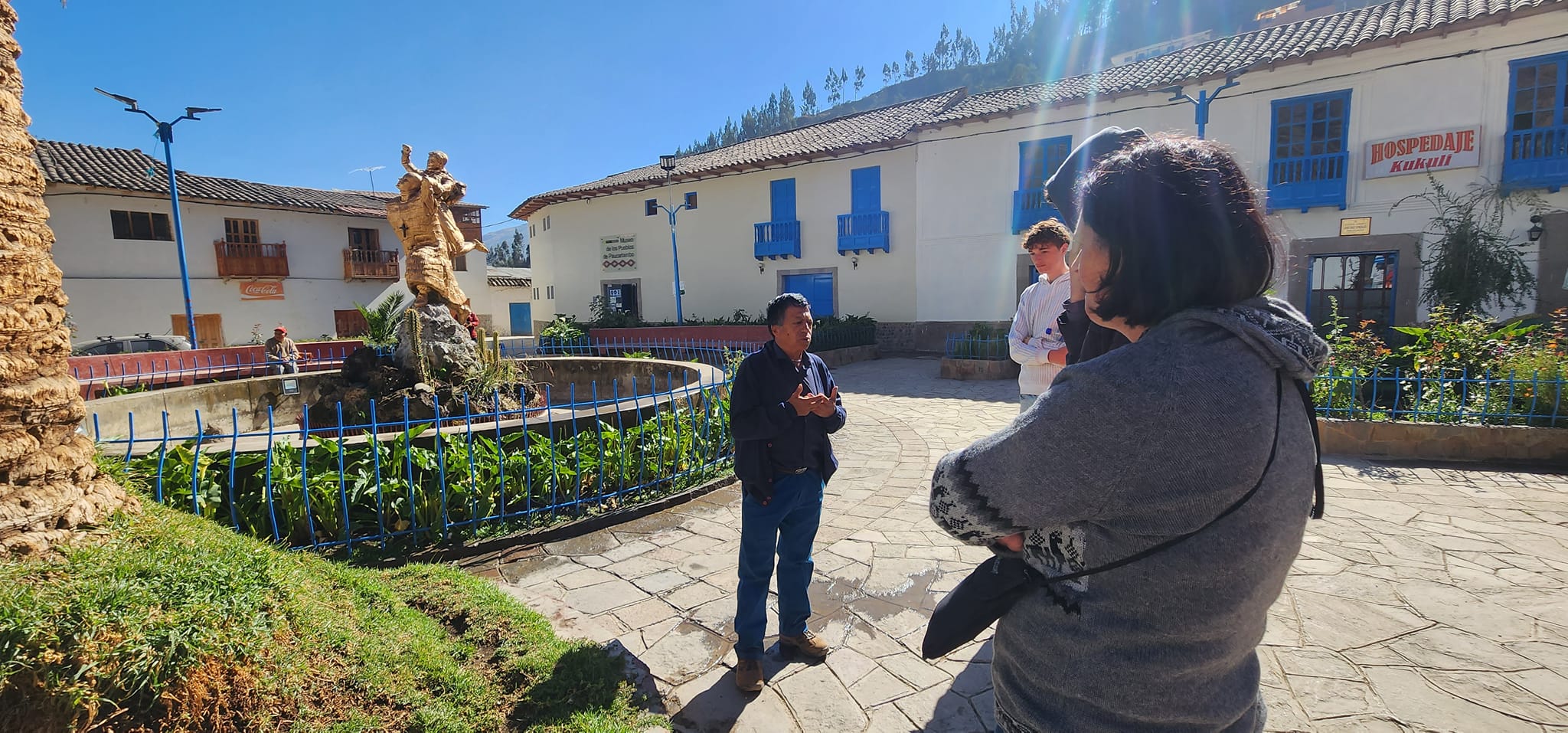
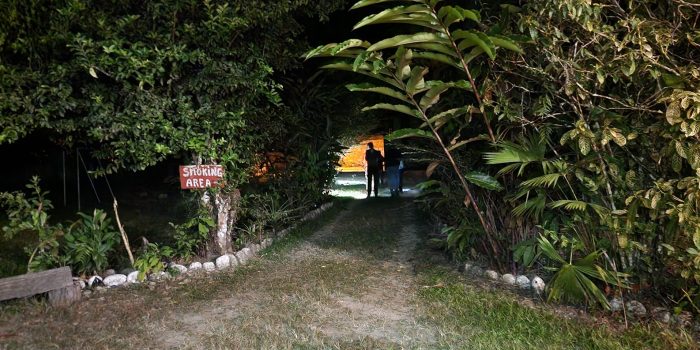
Manu National Park, nestled in the southeastern region of Peru, is one of the most biodiverse and ecologically untouched areas on the planet. Stretching from the lush eastern slopes of the Andes Mountains down to the vast lowlands of the Amazon Rainforest, this incredible sanctuary covers more than 1.5 million hectares of protected wilderness. Declared a UNESCO World Heritage Site in 1987, Manu is a haven for wildlife lovers, photographers, and explorers seeking an authentic connection with nature.
With INKANET, you’ll have the opportunity to explore a region that boasts an astonishing range of ecosystems, from mystical cloud forests to vibrant tropical rainforests. The park is home to over 1,000 bird species, including the iconic Andean Cock-of-the-Rock, colorful macaws, and the majestic Harpy Eagle. It also shelters more than 200 species of mammals, such as jaguars, giant river otters, tapirs, and numerous monkey species. Thousands of plant varieties, as well as a rich diversity of insects, reptiles, and amphibians, contribute to Manu’s reputation as a living laboratory of life.
But Manu isn’t just about biodiversity—it’s also about culture and preservation. The Manu Biosphere Reserve protects the ancestral territories of several indigenous communities, many of whom continue to live in harmony with nature, following traditional ways of life. Some areas of the park remain completely isolated, home to uncontacted tribes, making Manu one of the rarest and most respectful conservation zones on Earth.
Manu National Park, in southeastern Peru, is a sanctuary of biodiversity and cultural heritage. This vast protected area is home to a diverse array of wildlife and indigenous communities that have preserved their ancestral traditions for centuries. These communities maintain a deep connection with the rainforest, using sustainable practices in hunting, fishing, and gathering to […]
4 Days
16 people
Embark on a 3-day adventure with INKANET to explore the wonders of the Peruvian jungle. Your journey begins with visits to local towns, offering a glimpse into vibrant cultures through their traditional attire. You’ll also explore the archaeological site of Ninamarca before entering the renowned Manu National Park, where the lush beauty of the tropical […]
3 Days
14 people
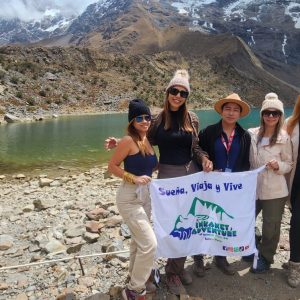
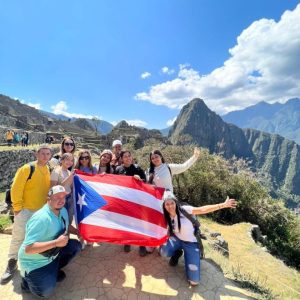
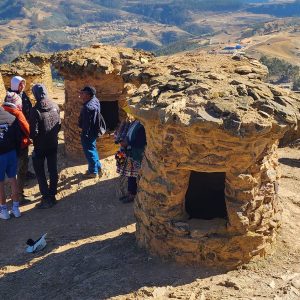
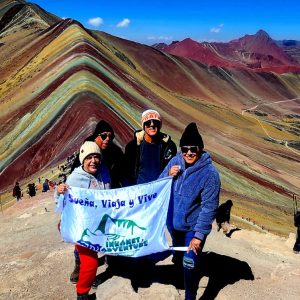
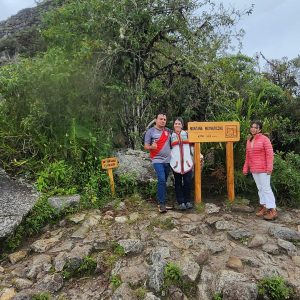

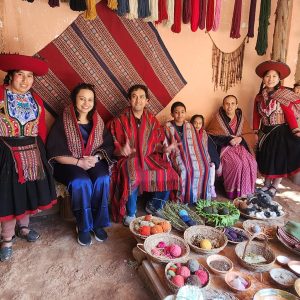
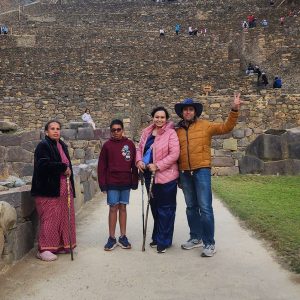




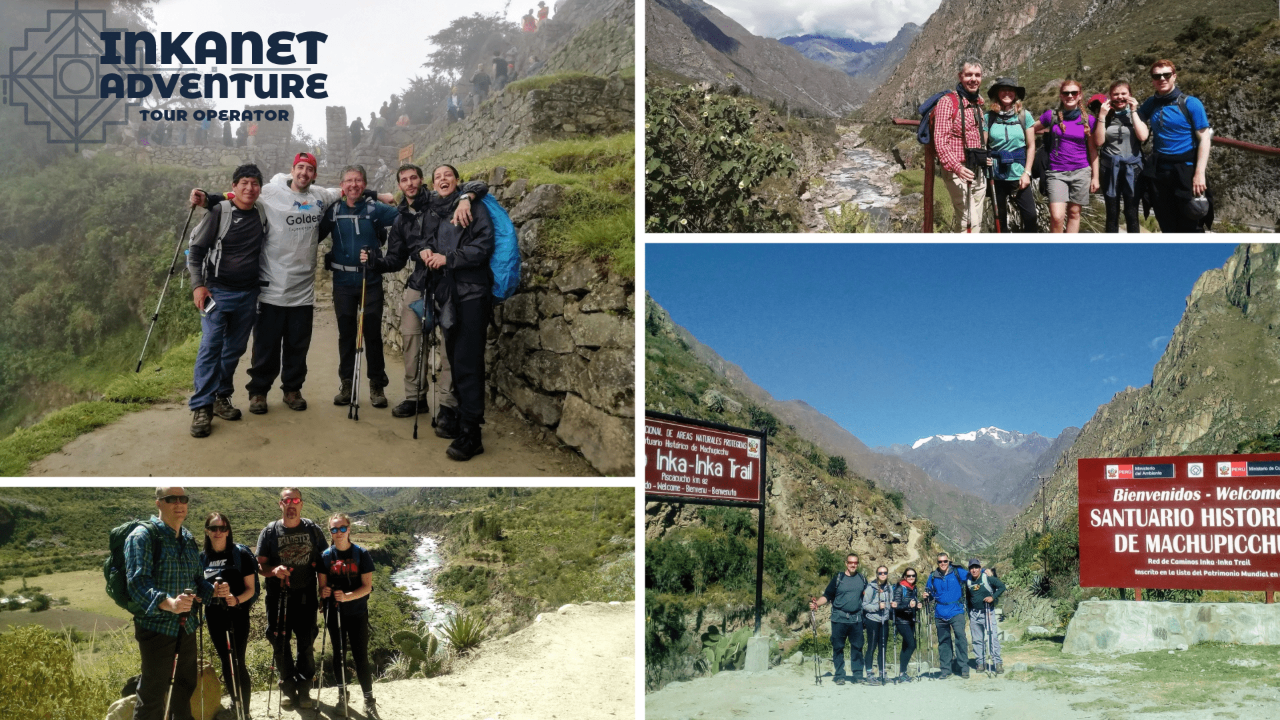
Subscribe to discover Cusco and see secret deals; prices drop the moment you sign up!
Coupon code: INKANET - 10% off all tours.
